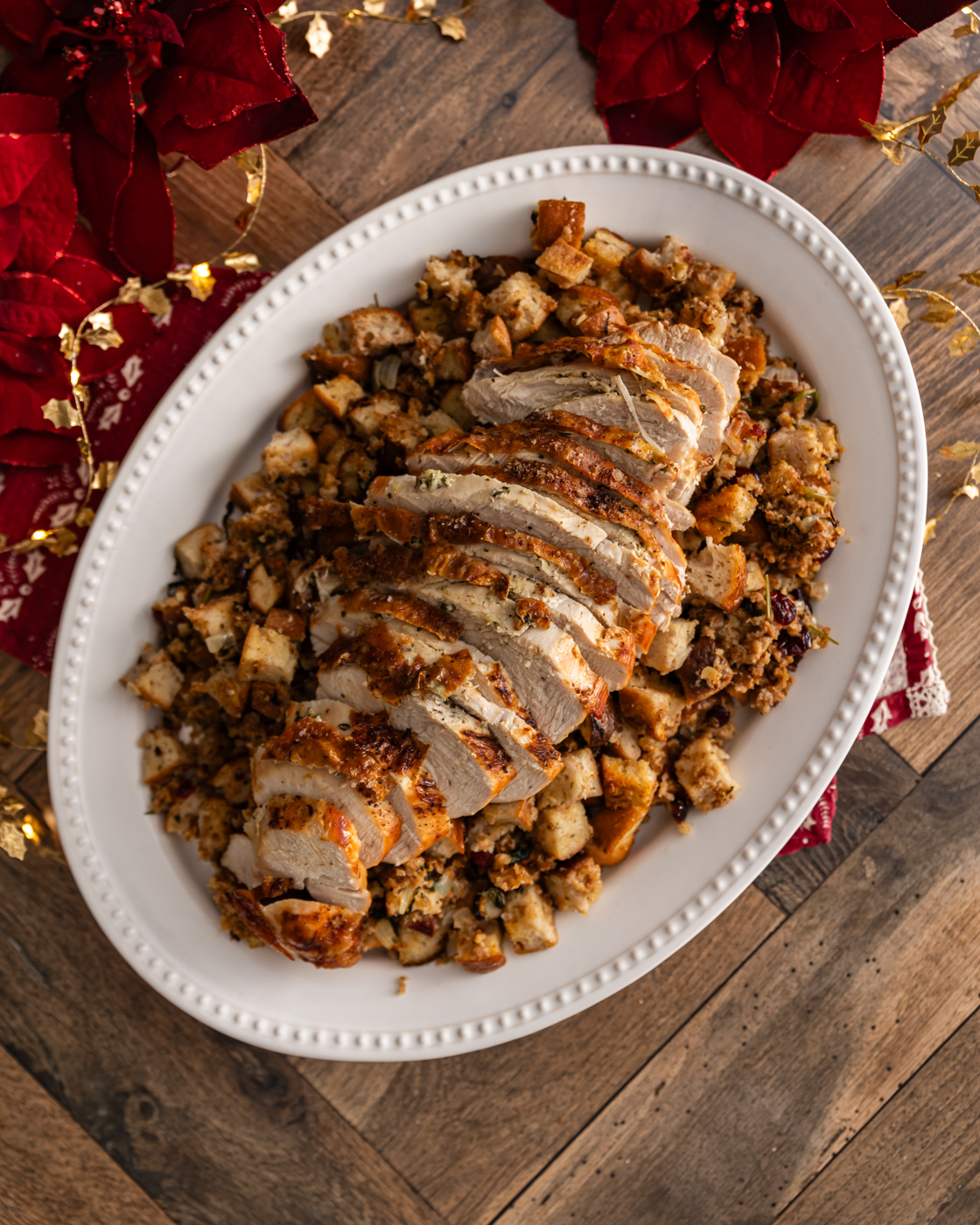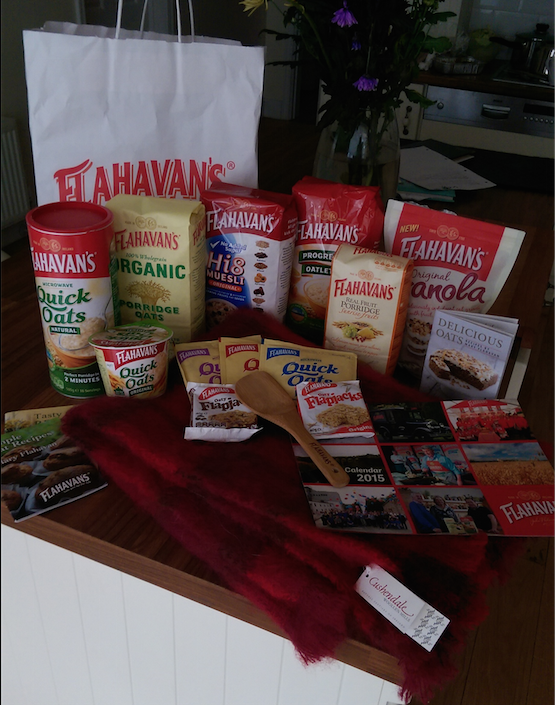
Inside The World Of Flahavan’s
Tue Mar 10 2015

As one of Ireland’s best-loved brands, we were pretty excited to receive an invite to visit the Flahavan’s mill in Waterford and see the process for ourselves. Sarah Carberry was treated to a day filled with delicious treats, and healthy tips with the Flahavan family.
One of Ireland’s oldest and most trusted brands, the family owned Flahavan’s Mill has been milling oats for 7 generations at the family mill in Kilmacthomas, Co. Waterford for over 200 years.
The vintage car, parked in front of the entrance to the old mill, created an immediate image of a time long ago! And so the mood was set before we began our tour of the mill.
To begin with we were treated to freshly baked treats by Mary Flahavan. Her oat shortbread biscuits were simply mouthwatering but my own personal favourites were the cranberry and orange muffins.
We were introduced to John Flahavan & John Noonan Sales & Marketing Director who told us how the mill works in practice. He showed us how the oats look at different stages of the production process. To see this in action made me realise the amount of time, skill and the patience that is involved to bring quality home produced porridge to the table.
Dressed up in our glamorous overall gowns and hairnet hats we began our tour while John walked and talked us through the whole process from farm to pack.
The Flahavan’s Milling Process
- When the oats enter the milling process, they are cleaned, sifting out straw, stones and seeds and are then sent through a stream of air to remove any dust or light grains unsuitable for milling.
- The grain is then sorted by size and fed into the oat sheller, which cracks the husk off the grain without damaging the kernel. The mixture of kernel and hull is fed into a stream of air, which blows off dust and hull. It is then subject to a polishing, which removes any dust and hull which has not been properly dislodged. What remains is a groat (the correct term for an oat kernel).
- Groats are then cut into Pinhead oatmeal using large steel blades. This is the oatmeal, which can be used to make traditional porridge.
- The pinhead oatmeal is then steam-cooked at over 100 degrees Celsius before being rolled into oat flakes. The flakes are then dried, cooled and stored for packaging.
- The product is then automatically weighed, dropped in its packet and sealed. The packets are then packed into cartons ready for distribution.
Flahavan’s employ 55 staff and run a tight ship. Everything in the mill works like clockwork from the whole process of milling to the actual packing.
To see a family business, that has passed from generation to generation, based on a great Irish tradition, continue to supply the Irish market is impressive in itself. The fact that this small Irish company operating from Co Waterford has expanded into the UK, US and Asian markets is what sets it apart.
Flahavan’s are advocates of sustainable energy and explained how they use sustainable energy to run the mill. When the grain is fed into the oat shellar it cracks and removes the husk off the grain. But, instead of disposing the husk, it is then used to fuel the boiler instead of oil which not only saves the company on the purchase of oil but it is using product waste in such a cost effective way. An integrated energy water turbine powered by the old millstream alongside the family mill on the River Mahon is also a vital part of the mill, it provides 10% of the electricity requirements.
Flahavan’s have purchased a second hand wind turbine, which will also feed into the mill, this will be up and running later this year.
In terms of waste Flahavan’s have reduced their overall waste by 60% and reduced waste going to landfill by a remarkable 87% and in relation of food miles, conventional oats are all sourced from farmers within a 50 mile radius of the mill in Kilmacthomas, Co. Waterford. Sustainable packaging is also key with Flahavan’s committed to protecting the environment by funding the recovery and recycling of packaging waste through Repak.
It is because of their commitment to sustainable energy Flahavan’s were awarded best Green Supplier/Most Eco Friendly Supplier at the 2014 Checkout National FMCG Awards.
Soon after our tour of the mill we were kindly invited into John & Mary Flahavan’s beautiful home directly across from the mill. The house was in fact built in 1902 by John’s granddad.
With the fire lighting in the front room we were each invited to sit down and presented with a stunning wool blanket from Cushendale Woollen Mills based in Kilkenny.
We then met with experienced mindfulness facilitator Suzanne Donohoe and were invited to sit back and relax as we were shown relaxing breathing exercises as the benefits of a healthy mind, which goes hand in hand with a healthy body. Suzanne shows us how we can incorporate the techniques of mindful living into our busy lives.
Just as we finished our breathing exercises, dinner was ready. Mary Flahavan cooked us a delicious home cooked 3 course meal with recipes from her latest recipe booklet.
For starters we had a delicious homemade vegetable soup with homemade yoghurt bread. For the main course I chose an oat lasagna which sounds strange but actually tastes great, not only is it a healthier option, it’s a great way to feed your family especially if you are on a budget without sacrificing on the taste. This was served with salad an a beautiful oat salsa. At this point I did not think I would be able to fit another thing into my mouth but just as this thought was in my head out came the apple and blackberry crumble! How could I refuse? I told myself I would just eat a spoonful but before I knew it…gone! On the table were some pretty tasty looking lemon oat biscuits and with tea on the way. Sure it would be rude not to tuck in!
Check out Mary Flahavan’s recipes here












